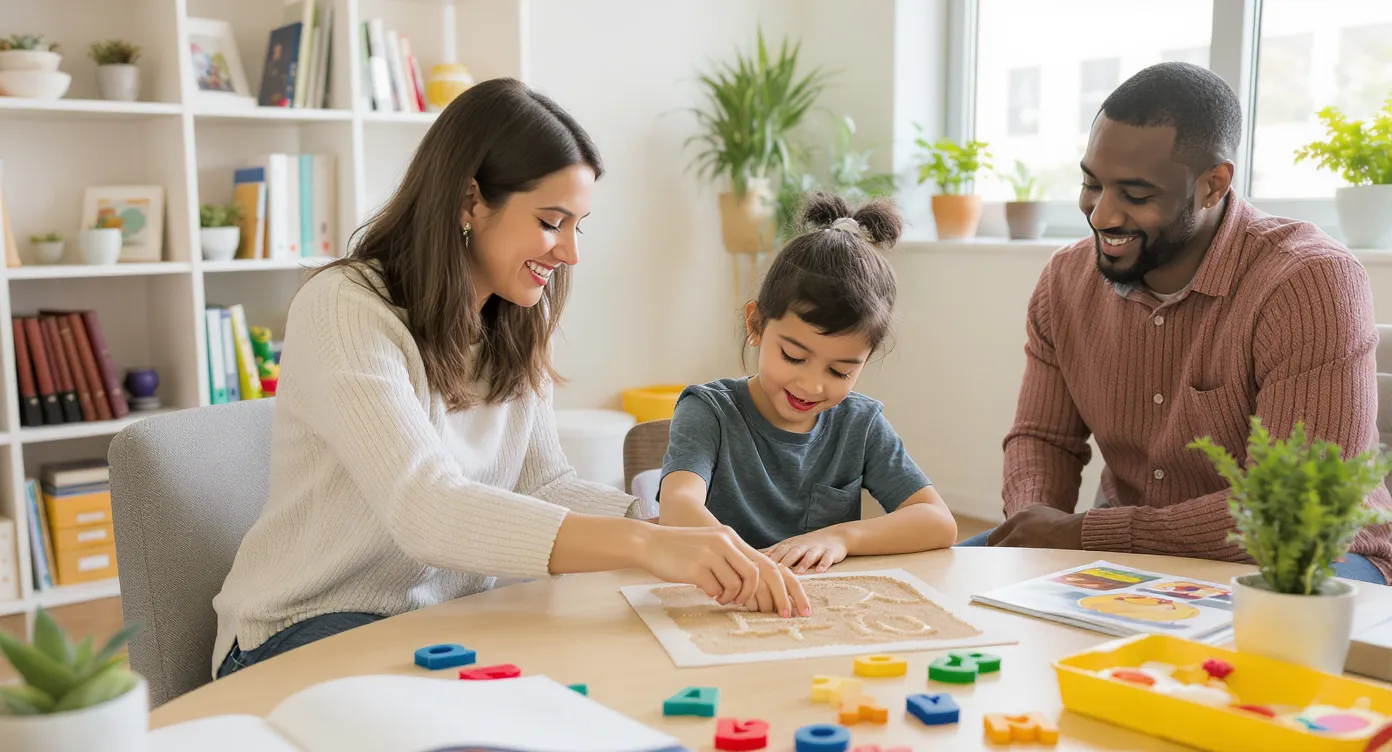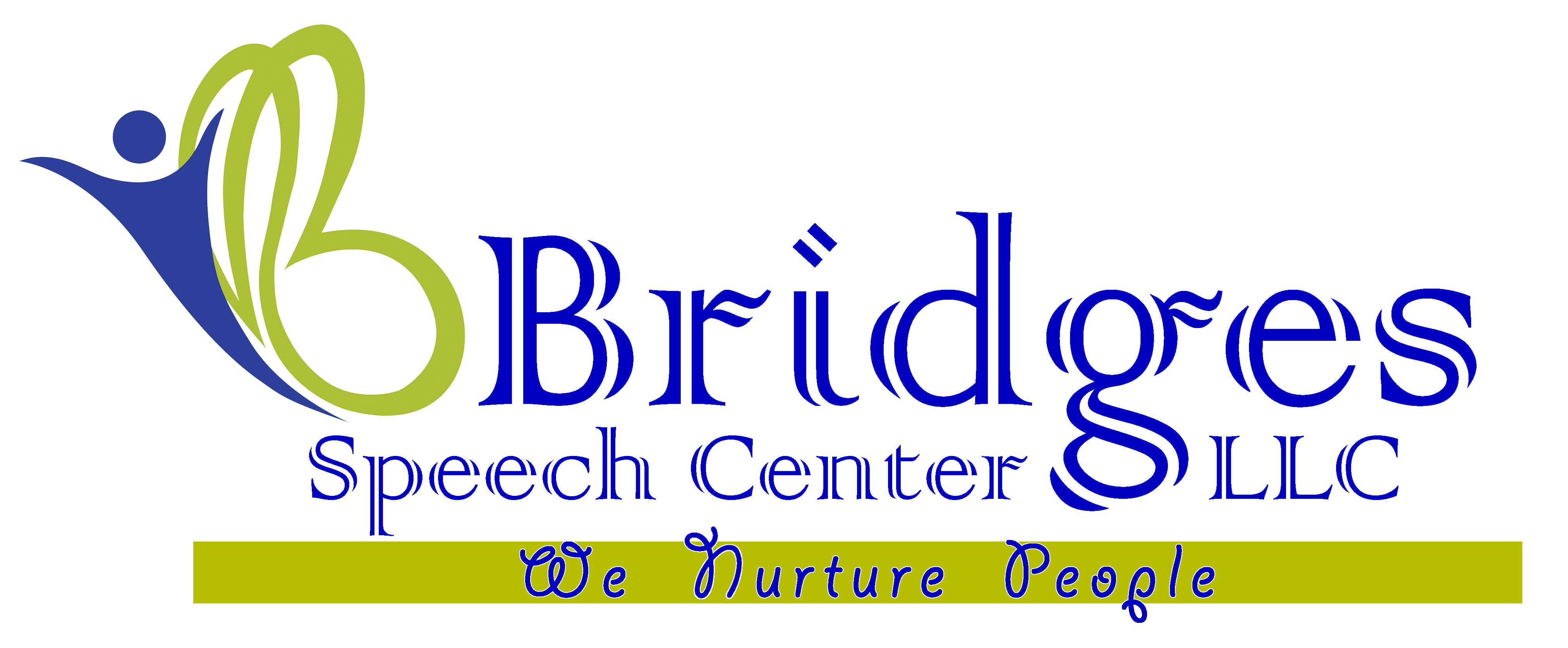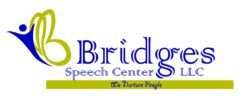- About Us
- Our Services
- Speech Therapy
- Speech and Language Therapies for Adults in Dubai
- Speech and Language Therapies for Children in Dubai
- Accent therapy
- Augmentative Alternative Communication (AAC) Therapy
- Articulation Speech Therapy
- Auditory Processing therapy/ Auditory verbal therapy
- Language Intervention: Speech Delay therapy
- Oral Motor Therapy
- Play Based therapy
- PROMPT/DTTC/RePT for Childhood Apraxia of Speech
- Social communication/Pragmatic language therapy
- Stuttering / Stammering therapy Program
- Spellography Program for Dyslexia
- Voice Therapy
- Home Care Services
- Feeding Therapy
- Physiotherapy
- Pediatric and Geriatric Physiotherapy
- Fall Prevention Programs for the Elderly
- Developmental Delay Treatment for Children
- Cerebral Palsy Management for Children
- Pediatric Orthopedic Conditions
- Osteoporosis Management for the Elderly
- Sports Injuries in Children
- Mobility and Balance Training for Elderly
- Joint Pain Treatment (Knee, Shoulder, Hip)
- Age-Specific Exercise Programs
- Coordination and Balance Exercises
- Orthopedic Physiotherapy
- Neurological Physiotherapy
- Sports Physiotherapy
- Cardiopulmonary Physiotherapy
- Women’s Health Physiotherapy
- Manual Therapy
- Therapeutic Exercise
- Pain Management
- Electrotherapy
- Hydrotherapy
- Ergonomic Consultation
- Tele-Physiotherapy Services
- Pediatric and Geriatric Physiotherapy
- Occupational Therapy
- Sensory Integration
- Clinical Psychology & Psychotherapy
- Cognitive Behavioral Therapy(CBT)
- ABA /Behavior Therapy
- Bridge Learning Program
- Group therapy
- Summer/Winter Program
- Telehealth Services
- Training Program/CEU
- Internship/ Observership
- Dynamic Movement Intervention (DMI)
- Speech Therapy
- Super Team
- Collaboration
- Training Course
- News/Blogs
- About Us
- Our Services
- Speech Therapy
- Speech and Language Therapies for Adults in Dubai
- Speech and Language Therapies for Children in Dubai
- Accent therapy
- Augmentative Alternative Communication (AAC) Therapy
- Articulation Speech Therapy
- Auditory Processing therapy/ Auditory verbal therapy
- Language Intervention: Speech Delay therapy
- Oral Motor Therapy
- Play Based therapy
- PROMPT/DTTC/RePT for Childhood Apraxia of Speech
- Social communication/Pragmatic language therapy
- Stuttering / Stammering therapy Program
- Spellography Program for Dyslexia
- Voice Therapy
- Home Care Services
- Feeding Therapy
- Physiotherapy
- Pediatric and Geriatric Physiotherapy
- Fall Prevention Programs for the Elderly
- Developmental Delay Treatment for Children
- Cerebral Palsy Management for Children
- Pediatric Orthopedic Conditions
- Osteoporosis Management for the Elderly
- Sports Injuries in Children
- Mobility and Balance Training for Elderly
- Joint Pain Treatment (Knee, Shoulder, Hip)
- Age-Specific Exercise Programs
- Coordination and Balance Exercises
- Orthopedic Physiotherapy
- Neurological Physiotherapy
- Sports Physiotherapy
- Cardiopulmonary Physiotherapy
- Women’s Health Physiotherapy
- Manual Therapy
- Therapeutic Exercise
- Pain Management
- Electrotherapy
- Hydrotherapy
- Ergonomic Consultation
- Tele-Physiotherapy Services
- Pediatric and Geriatric Physiotherapy
- Occupational Therapy
- Sensory Integration
- Clinical Psychology & Psychotherapy
- Cognitive Behavioral Therapy(CBT)
- ABA /Behavior Therapy
- Bridge Learning Program
- Group therapy
- Summer/Winter Program
- Telehealth Services
- Training Program/CEU
- Internship/ Observership
- Dynamic Movement Intervention (DMI)
- Speech Therapy
- Super Team
- Collaboration
- Training Course
- News/Blogs
Table of Contents
ToggleDyslexia Occupational Therapy Treatment in Dubai
- Home
- Our Services
- Dyslexia
Dyslexia Therapy

Dyslexia and Occupational Therapy
What is Dyslexia ?
Dyslexia is a specific learning disorder that affects an individual’s ability to read, write, and spell effectively. While it is primarily associated with difficulties in processing written language, dyslexia often comes with a range of associated challenges that extend beyond reading. It can impact a person’s ability to organize, concentrate, and process sensory information.
Dyslexia is a neurodevelopmental learning difference that makes it hard to recognize and process written language. People with dyslexia may struggle with accurate word reading, spelling, and decoding despite having average or above-average intelligence. Dyslexia is not caused by vision problems or lack of effort. It reflects the way the brain processes phonological information.
Signs of dyslexia can appear as early as preschool, including delayed speech, difficulty rhyming, or mixing up letter sounds. In older children and adults, dyslexia often shows up as slow reading, frequent spelling mistakes, and avoidance of reading tasks. Early identification and evidence-based intervention are crucial for reducing the academic and emotional impact of dyslexia.
However, with the right support, people with dyslexia can thrive academically and personally. One form of valuable support comes from occupational therapy (OT), which plays a significant role in addressing various difficulties faced by individuals with dyslexia, indirectly enhancing their learning experience.
Occupational therapy is not a direct treatment for dyslexia, as it does not address the neurological roots of the disorder. However, it focuses on improving essential skills that are foundational for learning. This therapy builds strategies to manage academic tasks, develops confidence, and empowers individuals with dyslexia to reach their full potential.
Why Choose Bridges Speech Center for Dyslexia Intervention?
Families across Dubai trust Bridges Speech Center because we combine cutting-edge assessment tools with a warm, individualized approach. Our team includes speech-language pathologists, occupational therapists, and clinical psychologists who specialize in dyslexia and related language disorders. We collaborate to create a 360-degree therapy plan that addresses phonological awareness, reading fluency, writing mechanics, and underlying sensory or attentional needs. Sessions can take place in our purpose-built clinic or through home-based options, making dyslexia support accessible even for busy families.
Benefits of Dyslexia occupational Therapy for Children and Adults
- Builds strong phonemic awareness and decoding skills, the foundation of fluent reading.
- Boosts spelling accuracy and written expression, leading to better academic performance.
- Strengthens working memory and auditory processing, which support comprehension.
- Improves self-esteem and confidence by turning reading from a source of frustration into an achievable skill.
- Equips adults with strategies to manage workplace demands, note-taking, and written communication.
Research shows that structured literacy programs reduce the reading gap for learners with dyslexia when therapy is started early. At Bridges Speech Center, every dyslexia program follows evidence-based methods, multisensory instruction, and systematic phonics.
How Our Dyslexia therapy Sessions Work
- Comprehensive Assessment: We begin with standardized reading, spelling, and language tests, plus informal observations to capture each learner’s unique profile.
- Goal Setting: Therapists, parents, and when appropriate learners, agree on measurable goals such as increasing reading rate by 30 words per minute or mastering specific spelling patterns.
- Structured Therapy: Each dyslexia session lasts 45–60 minutes and integrates multisensory teaching-students see, hear, touch, and move while learning letter-sound correspondences.
- Progress Monitoring: Data are collected every six weeks to track gains and adjust techniques. Parents receive regular written reports and home practice tasks.
- Generalization: We teach strategies to transfer new reading skills to classroom texts, homework, and daily life.
1. Sensory Integration
One key approach in occupational therapy for individuals with dyslexia is sensory integration. Dyslexia often comes with challenges in processing and interpreting sensory information, such as visual and auditory cues. Occupational therapists (OTs) use sensory integration techniques to help individuals better process and organize sensory inputs. By improving their ability to interpret visual and auditory information, individuals with dyslexia can experience a smoother learning process.
For example, children or adults with dyslexia may struggle with distinguishing similar letters (like “b” and “d”) or find it hard to follow auditory instructions in a noisy environment. Occupational therapy can create exercises and activities that help the brain adapt and respond to these sensory stimuli more effectively. Techniques might include visual tracking exercises, auditory discrimination tasks, or sensory play that stimulates different senses.
2. Fine Motor Skills Development
Fine motor skills are critical for activities such as handwriting, cutting, and manipulating small objects. For individuals with dyslexia, poor fine motor control can exacerbate difficulties with writing, leading to frustration and further challenges in the classroom or workplace.
Occupational therapists address these issues by focusing on fine motor skills development. They work with individuals to enhance their hand-eye coordination, pencil grip, and overall hand dexterity. This is especially important for children, as many of the academic tasks in early education involve fine motor activities, like forming letters correctly, spacing words, and controlling writing pressure. The goal is to reduce fatigue and frustration during writing tasks, allowing individuals with dyslexia to focus more on content rather than the mechanics of writing.
Through fun, engaging activities like finger exercises, drawing, and using tools like clay or scissors, occupational therapists help improve these essential motor skills. This not only benefits academic performance but also boosts confidence in completing everyday tasks independently.
3. Visual-Motor Integration
Another area of focus is visual-motor integration, the ability to coordinate visual perception with motor output. Individuals with dyslexia may struggle with tracking lines of text, skipping words, or losing their place while reading. Occupational therapists work to strengthen this skill, helping the individual develop better control over their visual focus and hand-eye coordination.
Exercises that involve tracking objects with the eyes, copying patterns, or completing mazes can enhance these visual-motor abilities. Improved visual-motor integration is crucial for reading fluency, as it allows individuals with dyslexia to follow lines of text smoothly and with less strain. When they can track text more easily, their reading comprehension and speed improve, reducing anxiety and frustration in the learning process.
4. Enhancing Spatial Awareness
Spatial awareness plays a vital role in learning to read and write. Spatial awareness refers to understanding the relationships between objects, including letters and words on a page. People with dyslexia may find it challenging to understand the positioning of letters or words relative to each other, which can lead to difficulties in reading and writing coherently.
Occupational therapy can improve spatial awareness by using activities designed to promote the understanding of directionality, distance, and positioning. Therapists might use games, puzzles, or drawing exercises that require spatial reasoning. For example, exercises might involve copying shapes, arranging letters into words, or organizing numbers on a page. By improving spatial perception, individuals can better grasp the spatial relationships necessary for reading, writing, and organizing their thoughts on paper.
5. Boosting Self-Esteem and Confidence
Living with dyslexia can lead to feelings of inadequacy, especially in environments where traditional academic achievement is emphasized. Children and adults with dyslexia often experience academic struggles, which can lower their self-esteem and confidence. Occupational therapy not only addresses physical and cognitive challenges but also focuses on the emotional and psychological well-being of individuals with dyslexia.
Through self-esteem and confidence-building strategies, OTs encourage success in areas beyond academics, such as arts, music, or sports. When individuals with dyslexia excel in these areas, it reinforces their belief in their own abilities, helping them cope with the challenges they face in reading and writing. Therapists may also engage them in creative, hands-on activities where they can shine, building their sense of competence and reducing the negative impact of academic difficulties.
6. Multisensory Learning Approaches
One of the most effective ways for individuals with dyslexia to learn is through multisensory techniques. Multisensory learning involves using multiple senses simultaneously to enhance the learning experience. Occupational therapists often incorporate this approach into their interventions, combining visual, auditory, and tactile methods to reinforce concepts.
For example, when teaching letter recognition, an OT may have the individual trace the letter in sand (tactile), while saying the letter out loud (auditory), and looking at a visual representation (visual). This type of learning creates stronger neural connections, making it easier for individuals with dyslexia to retain information. By engaging multiple senses, the learning experience becomes more memorable and effective.
7. Organization and Study Skills
Organization is another common challenge for individuals with dyslexia. Occupational therapists assist in developing organization and study skills to help individuals manage their academic tasks more efficiently. This may involve teaching strategies for organizing schoolwork, breaking down assignments into manageable chunks, or using visual schedules to help maintain focus.
For older students or adults, OTs may introduce tools like planners, apps, or time-management techniques to help them stay on top of tasks. These organizational strategies ensure that individuals with dyslexia can keep pace with academic or work demands without becoming overwhelmed.
8. Assistive Technology
In today’s digital age, assistive technology has become a crucial tool for individuals with dyslexia. Occupational therapists are well-versed in various technological aids that can assist with reading and writing tasks. These tools include text-to-speech software, which reads written text aloud, and speech-to-text programs, which convert spoken language into written form. These technologies provide a lifeline for individuals with dyslexia, allowing them to access information more efficiently and complete assignments with greater ease.
OTs not only introduce individuals to these tools but also teach them how to integrate technology into their daily routines, making it easier to navigate academic and professional environments.
9. Emotional Support and Coping Strategies
The emotional toll of dyslexia can be significant, leading to frustration, anxiety, and even depression. Occupational therapists provide crucial emotional support, helping individuals develop healthy coping strategies for the challenges they face. This support may involve teaching stress management techniques, providing encouragement, and creating a positive learning environment that minimizes pressure.
By offering emotional support, OTs help individuals with dyslexia build resilience, manage their frustrations, and approach their learning challenges with a more positive outlook.
Who Can Benefit from Dyslexia Therapy Support?
- Preschoolers who have trouble learning nursery rhymes or recognizing letters.
- Primary school students reading below grade level or showing spelling reversals.
- Teenagers who read accurately but slowly and avoid extended writing.
- University students coping with dense academic texts.
- Adults who have always struggled with reading and want to improve workplace performance.
Whether difficulties are mild or severe, dyslexia intervention can unlock smoother, more efficient reading at any age.
Our Expert Therapists and Personalized Approach
Our dyslexia occupational therapy team is led by licensed speech-language pathologists certified in structured literacy and supported by occupational therapists who address handwriting and sensory-motor needs. Therapists adapt pacing, materials, and homework to each learner’s interests. A child passionate about football might practice decoding using sports articles, while an adult client could analyze workplace emails.
Parent Support and Guidance in Dyslexia Intervention
Parents are vital partners. We offer:
- workshops covering phonics games, assisted reading apps, and motivational strategies.
- home practice with step-by-step instructions and examples.
- Open communication channels via secure messaging for quick questions between sessions.
With clear guidance, families turn daily routines-bedtime stories, grocery lists, even road signs-into opportunities to strengthen dyslexia skills.
Conclusion
While occupational therapy may not directly “cure” dyslexia, it plays an essential role in addressing many of the associated challenges that impact daily life. From sensory integration and fine motor skills to assistive technology and emotional support, occupational therapists equip individuals with dyslexia with the tools, strategies, and confidence they need to succeed in their academic and personal lives.
Book a Consultation with Bridges Speech Center Today
Early, specialized help can make all the difference for dyslexia. visit Bridges speech center to schedule a comprehensive dyslexia assessment. Together, we will bridge the gap between frustration and confident reading.
Make Appointment
Testimonials
What Parents Say
Send us an email if you wish to talk to any of them. For more reviews, please go to Google reviews.

My experience with bridges speech centre has been great. My child is attending OT in the center and we are happy and proud with the progress Mrs. Richa has made. The therapists are very supportive and knowledgable in selecting techniques to suit with our child's requirements . Their monthly review and evaluation is remarkable. I highly recommend bridges speech centre to anyone looking for an affordable and professional therapy for their child....

We were asked to consult a speech therapist for my son. As parents we were quite skeptical about this whole process. However, once my son started attending Dr Rupali’s sessions we noticed a drastic improvement in his speech. He used to speak only a few words but within the 1st four sessions he started speaking up-to 5 words sentences. I also learnt to manage my child’s emotions better with Dr Rupali’s guidance. She is very cooperative and patiently answer all questions.

We took our 21 month old daughter to Bridges speech center following her cleft palate surgery as she needed Speech therapy. Ms.Rupali was recommended to us by both our Pediatrician and ENT specialist. The staff at Bridges are qualified, warm and friendly. My daughter loved to attend the speech therapy sessions. Through various techniques and simulations provided during these sessions, I can see considerable improvement in my daughter's speech. Lastly I would say, no child is same, as parents we need to be patient and trust the process.

Rupali was excellent. In just couple of sessions she helped my child overcome difficulty in pronouncing ch and sh sound. Thanks very much.Highly recommend for children who will need assistance in speech therapy.
Blog & Article
Our Latest Blog & Articles
Developmental Delay Symptoms: Early Signs Parents Shouldn’t Ignore
Feeding Therapy and Developmental Delay Symptoms Parents Shouldn’t Ignore Mealtimes are one of...
Neurological disorders in kids
Parents hear the phrase neurological disorders in kids a lot during doctor visits,...


